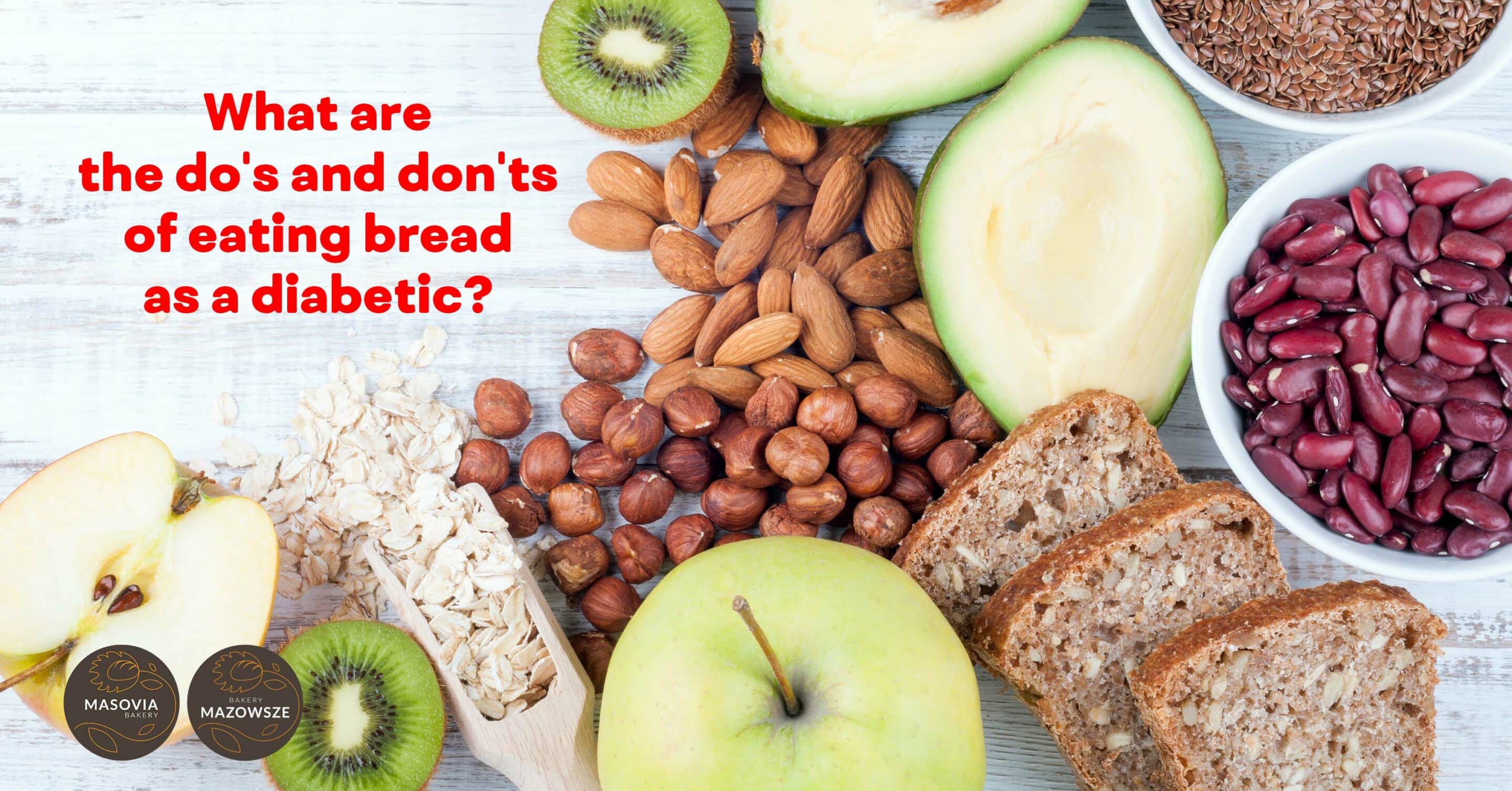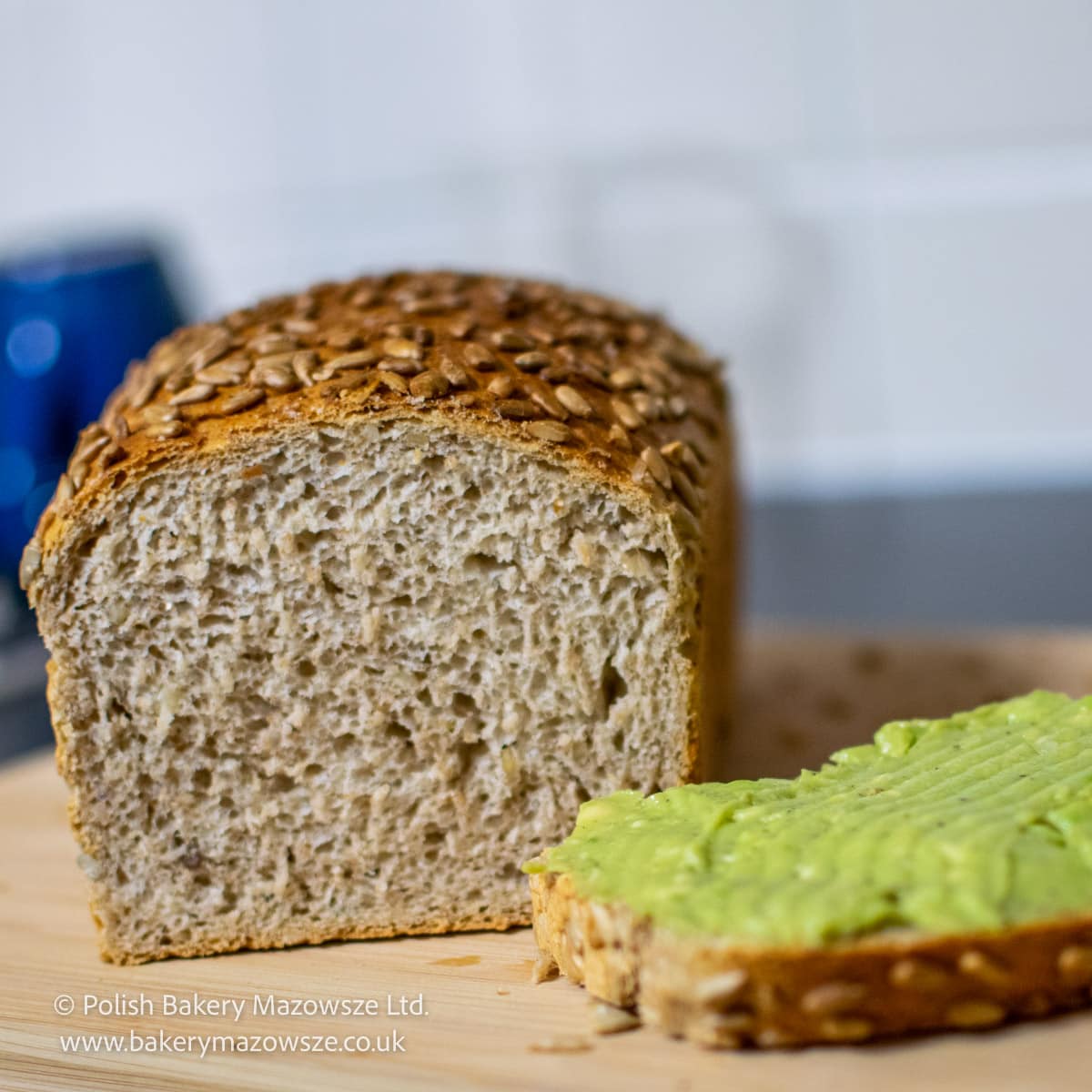Eating bread as a diabetic is something that many people worry about, but it doesn’t have to be a complicated process. Knowing the facts and myths about which types of bread are suitable for a diabetic diet can help you make the best choice for your health. Low GI-bread and bread specifically made for diabetics are the two most recommended types of bread for people with diabetes, and understanding the benefits of each can help you make the right decision. In this blog post, we’ll take a look at the do’s and don’ts of eating bread as a diabetic and explore the different types of bread available.
What is diabetes?
A chronic health condition called diabetes affects how the body uses glucose or blood sugar. In normal circumstances, the pancreas is responsible for converting glucose into energy. The problem with diabetes is that either the pancreas is not producing enough insulin or the body is not responding to insulin properly. If left untreated, blood sugar levels can rise to dangerous levels, leading to a variety of complications. Diabetes sufferers often need to watch their carbohydrate intake, which includes how much bread they consume. But don’t worry, there are still options for healthy bread on a diabetic diet. Let’s explore this further.
What are the types of diabetes?
Type 1 diabetes and Type 2 diabetes are the two main types.
Type 1 diabetes occurs when the body is unable to produce insulin, a hormone that helps regulate blood sugar levels. This type of diabetes typically develops in childhood or early adulthood and requires daily insulin injections.
Type 2 diabetes, on the other hand, occurs when the body is unable to properly use insulin, a condition known as insulin resistance. This type of diabetes is often linked to obesity and poor lifestyle choices, but genetics can also play a role. It is usually managed with diet and exercise, although some people may require medication or insulin.
For both types of diabetes, it is important to carefully monitor blood sugar levels and make dietary choices that support healthy blood sugar levels. This is where bread on a diabetic diet comes into play. While bread may have a reputation for being a high-carb food that can cause blood sugar spikes, there are options for healthy bread that can be incorporated into a diabetic diet. It is important to focus on bread that is high in fiber and low in added sugars, as these can help regulate blood sugar levels and provide other health benefits.
What are the symptoms of diabetes?
Before discussing how bread can affect blood sugar levels, let’s take a moment to review the symptoms of diabetes. Diabetes has two main types – Type 1 and Type 2.
Common symptoms for both types include:
– Increased thirst and frequent urination
– Fatigue and weakness
– Blurred vision
– Unintentional weight loss (Type 1) or weight gain (Type 2)
– Slow healing of cuts and wounds
– Numbness or tingling in the hands or feet
It’s important to note that not everyone with diabetes will experience symptoms, and some may only have mild symptoms. That’s why it’s important to get regular check-ups with a healthcare professional.
Now, let’s get back to bread on a diabetic diet.
Many people with diabetes believe that bread should be avoided at all costs because of its high carbohydrate content. However, this isn’t entirely true. It’s more about choosing the right type of bread – a healthy bread with whole grains and a low glycemic index can be part of a balanced diet for someone with diabetes. In fact, the American Diabetes Association recommends including whole grain bread as part of a healthy eating plan.
But, it’s important to also keep portion sizes in mind and to avoid adding sugary spreads like jam or honey. Pairing bread with healthy proteins and fats like avocado, turkey, or hummus can help slow the absorption of carbohydrates and prevent spikes in blood sugar levels.
In summary, while bread on a diabetic diet may not be off-limits entirely, it’s important to make informed choices about the type of bread and to practice portion control. As always, consult with a healthcare professional for personalized dietary advice.
Can eating bread affect blood sugar levels?
Yes, eating bread can affect blood sugar levels, especially for people with diabetes. Bread contains carbohydrates, which are broken down into glucose and enter the bloodstream, causing a rise in blood sugar levels. However, not all bread is created equal. Some breads have a high glycemic index (GI) and can cause a more significant increase in blood sugar levels than others.
Wholemeal grain bread, which contains fiber and other nutrients, is generally a better choice for people with diabetes than white bread. The fiber in whole grain bread slows down the digestion of carbohydrates, which can help prevent rapid spikes in blood sugar levels.
Additionally, counting the pieces of bread you eat is a crucial part of diabetics’ diets. It’s important to keep an eye on the serving size and stick to a reasonable amount. Consuming too much bread, regardless of its type, can lead to unhealthy blood sugar levels.
In summary, bread can affect blood sugar levels for people with diabetes, but the type and quantity of bread matter. Choosing whole grain bread and practicing portion control can help manage blood sugar levels effectively. Consult with a healthcare professional or a registered dietitian for individualized advice on bread consumption.
What are the do’s and don’ts of eating bread as a diabetic?
As a diabetic, it’s important to pay close attention to your diet and food choices, and bread is no exception. Here are some do’s and don’ts when it comes to eating bread as a diabetic:
1. Choose bread with a high fiber content, such as whole wheat bread, as this will help regulate blood sugar levels.
2. Portion control is key. Stick to one or two slices of bread per meal to avoid consuming too many carbohydrates at once.
3. Pair bread with protein-rich foods, such as eggs or chicken, to slow down the absorption of carbohydrates and prevent spikes in blood sugar levels.
4. Experiment with alternative bread options, such as sprouted grain or rye bread, which may be easier on your blood sugar levels.
1. Avoid white bread, as it has a high glycemic index and can cause blood sugar levels to spike.
2. Stay away from sweetened bread, such as cinnamon raisin bread or banana bread, as they are often loaded with added sugars.
3. Don’t skip meals and use bread as a substitute, as this can lead to overconsumption of carbohydrates and spikes in blood sugar levels.
4. Don’t assume all gluten-free breads are diabetic-friendly. Some gluten-free breads may actually be higher in carbohydrates and have a greater impact on blood sugar levels.
By following these do’s and don’ts, you can still enjoy bread as part of your diabetic diet while managing your blood sugar levels. Remember to always consult with your healthcare provider and a registered dietitian for personalized recommendations.

Multigrain seed bread is another Low GI option… and is delicious!
In conclusion
Eating bread on a diabetic diet can be challenging, as there are several myths surrounding this staple food item. However, with proper planning and portion control, bread can be included in a balanced and healthy diabetic diet. It’s essential to choose whole-grain and low-carbohydrate options and monitor your blood sugar levels regularly. Consulting with a registered dietitian or certified diabetes educator can also be helpful in creating a personalized meal plan that includes bread. Remember that a diabetic diet should focus on a variety of nutrient-dense foods, portion control, and regular exercise to maintain good health and manage blood sugar levels. By following these do’s and don’ts, you can enjoy bread while still taking care of your health as a diabetic.
Useful links:
https://www.nhs.uk/conditions/diabetes/



0 Comments